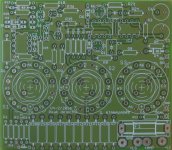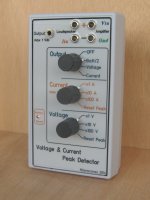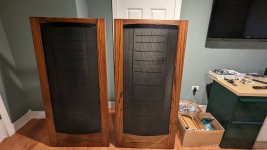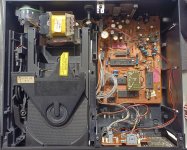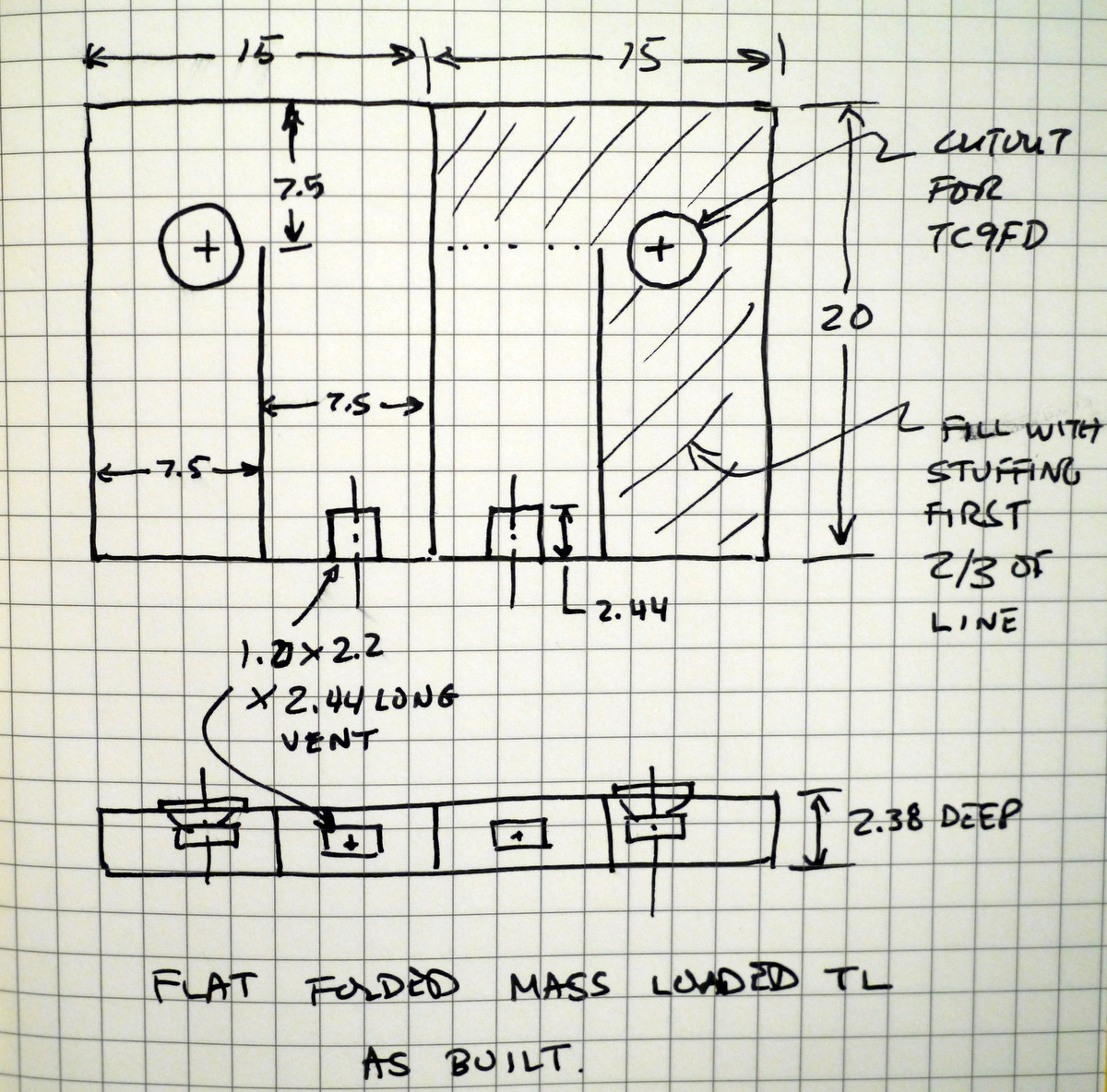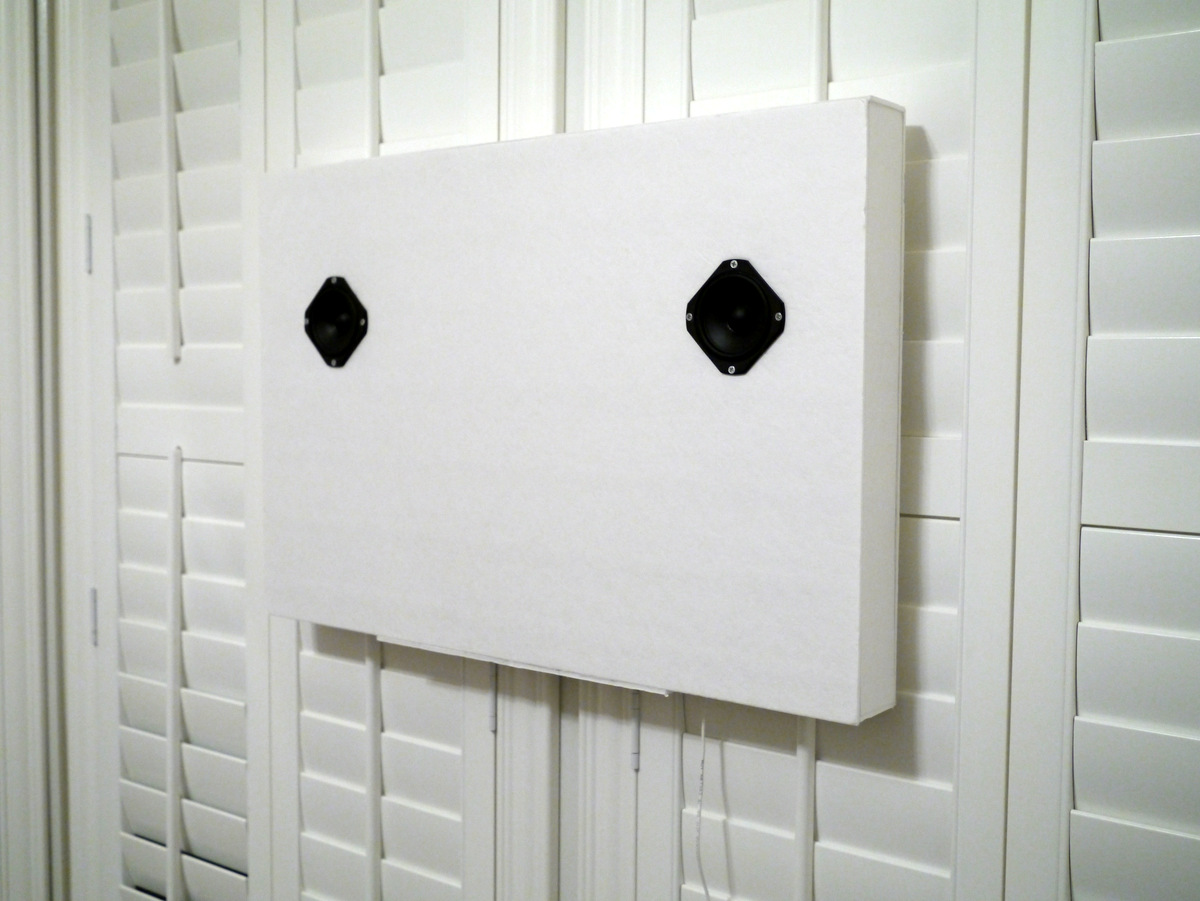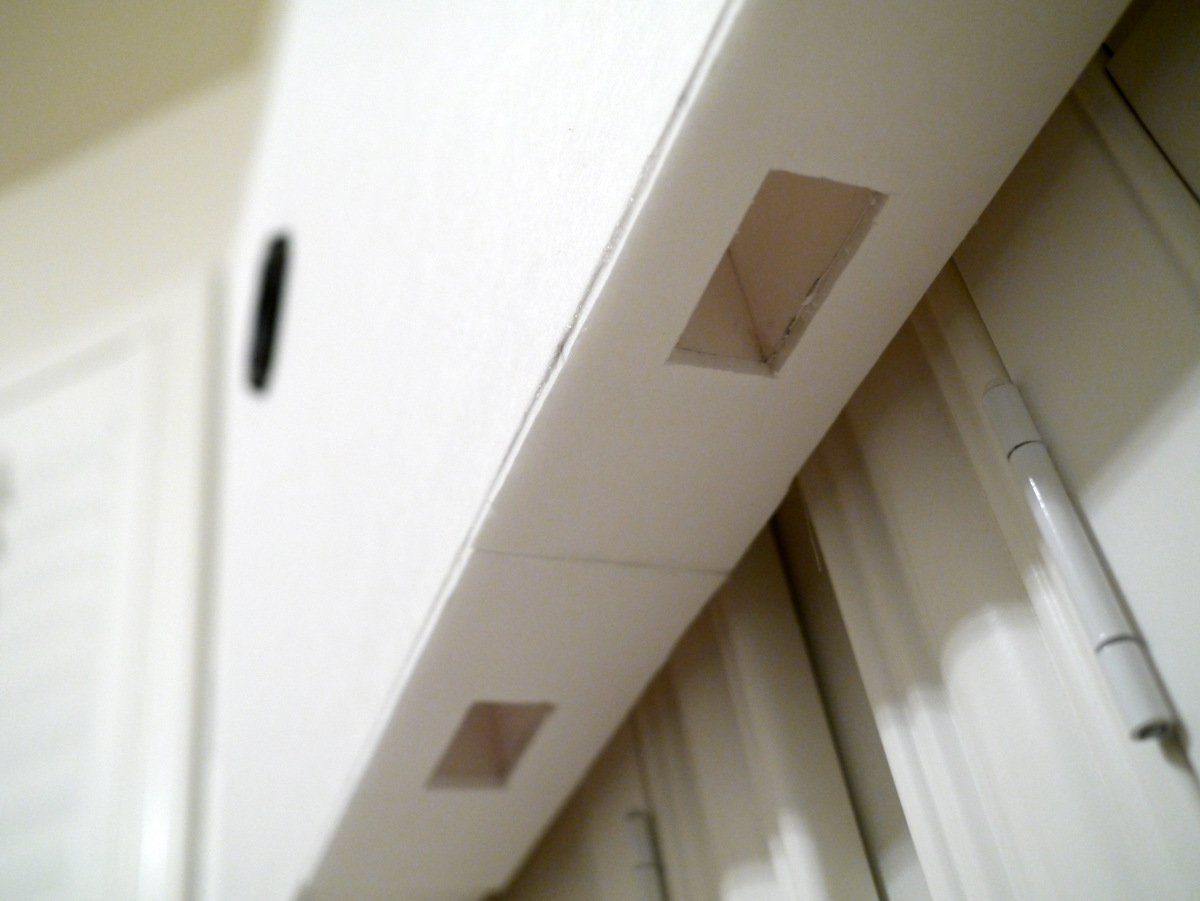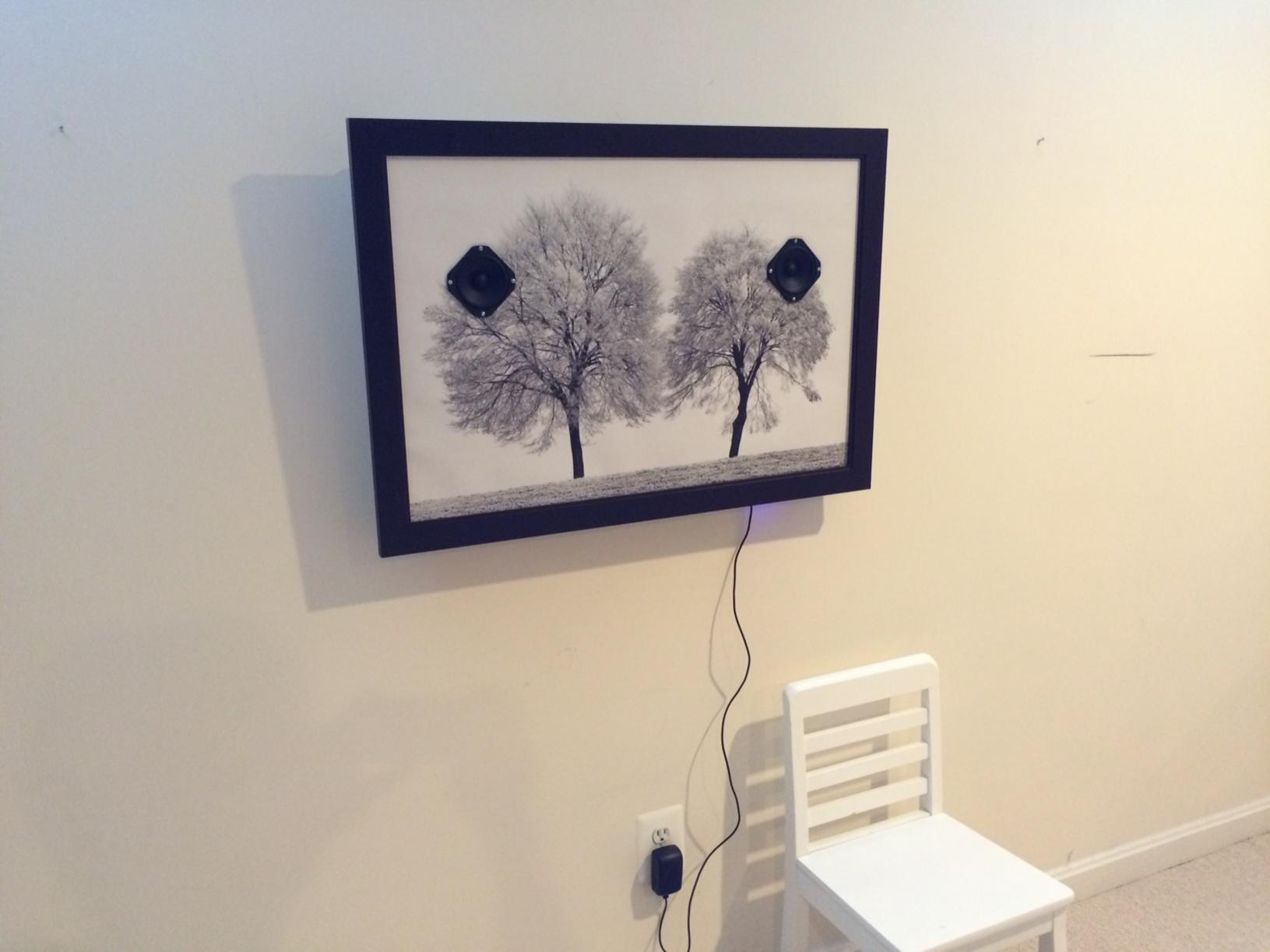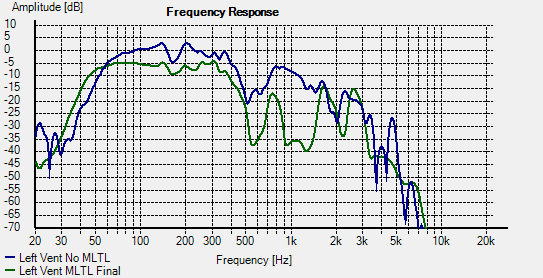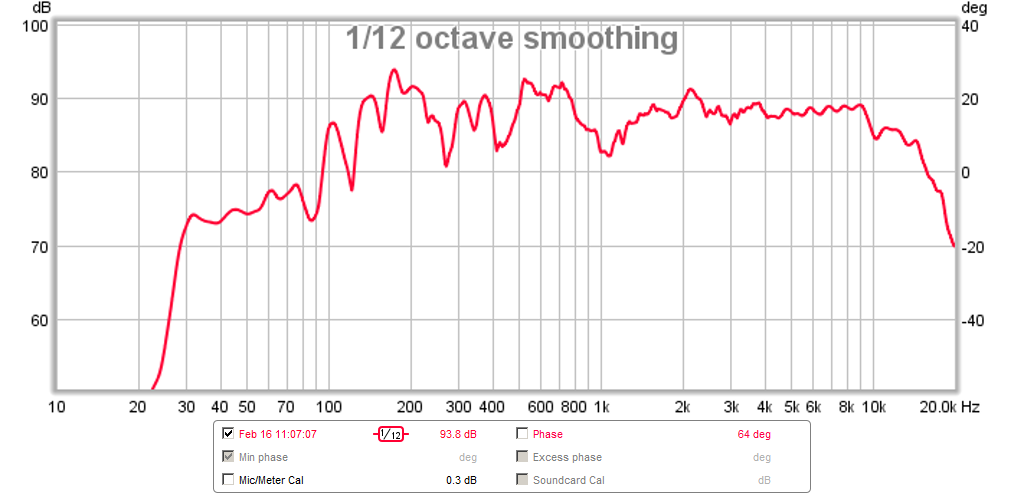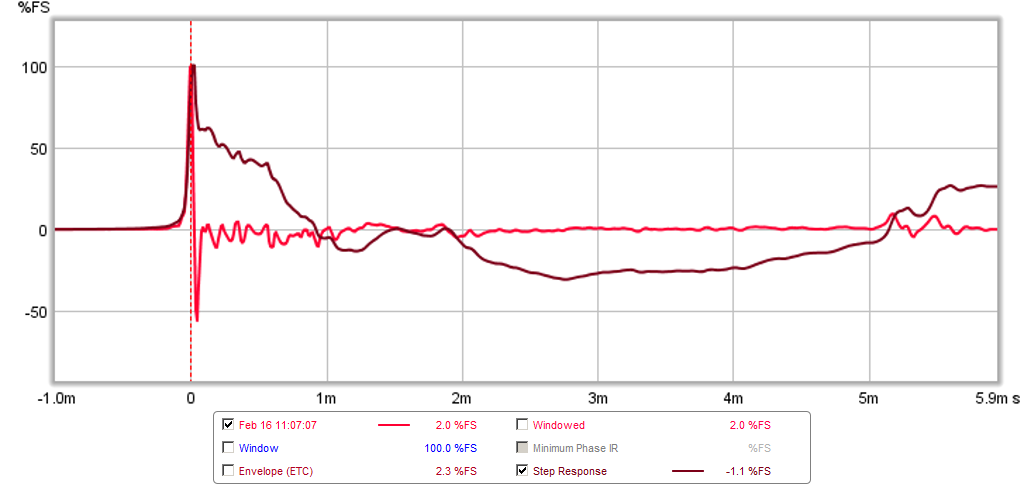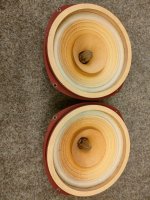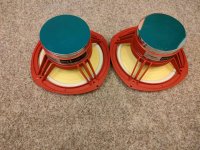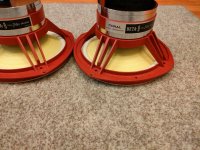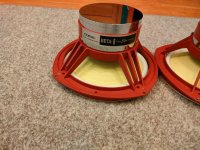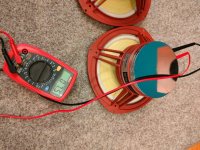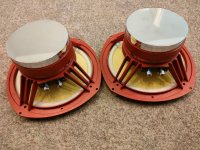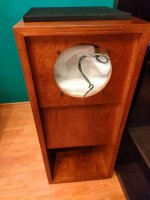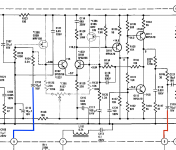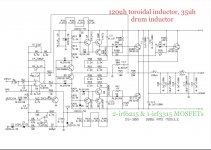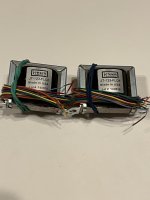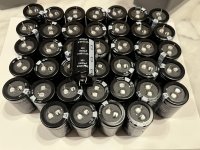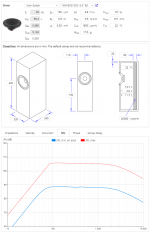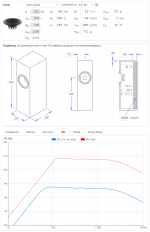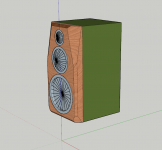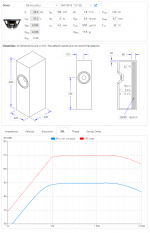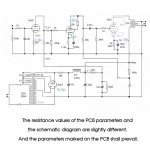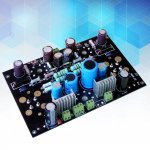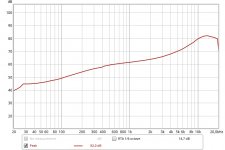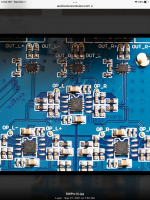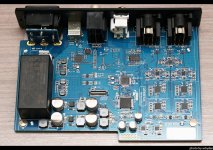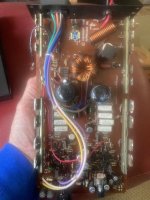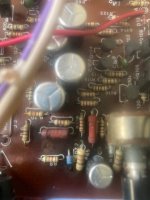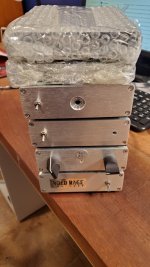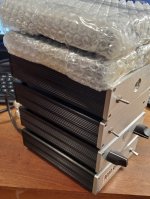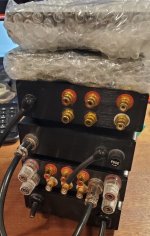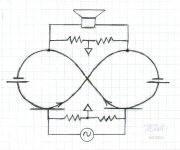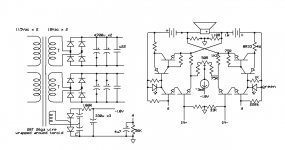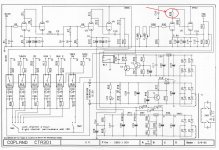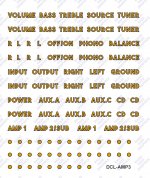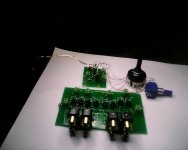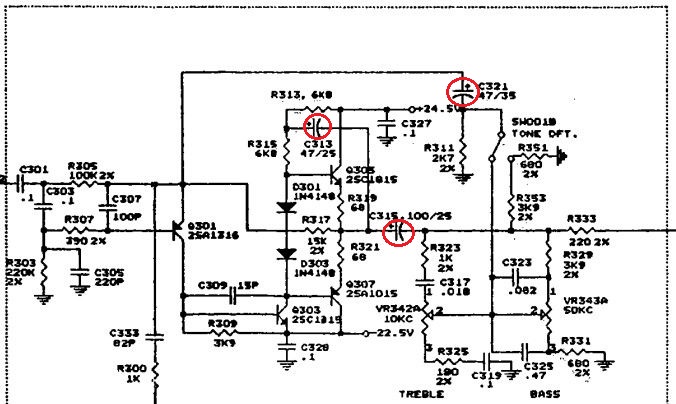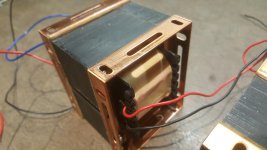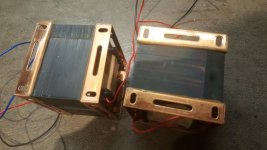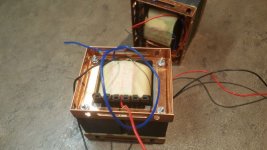Denon DP-1200 (Remove motor/platter/bearing from old plinth to new)
- By jman290
- Analogue Source
- 0 Replies
Hello:
I have been staring at this for a couple days now, and figured I would try the experts before I ruin the motor. I have a Denon DP-1200, and want to use the motor/platter/bearing (without the tonearm) in a new plinth (with a new tonearm). The DP-1200 is a semi-automatic, so the motor won't run unless the on/off lever switch is on AND the tonearm has been moved away from the armrest. There is a circuit board KU-255B that controls the arm sensor.
I am okay with soldering and staying safe while working on this; however, I cannot read a schematic to save my life! I have attached a PDF of the schematic as well as a photo of the motor and circuit boards). Three questions:
1. I believe I can take the two red wires currently attached to the on/off/standby switch and connect them to a DP-DT toggle switch and use that to turn the motor on and off. Am I correct in this?
2. How do I remove the KU-255B circuit board (and all of its tonearm functions) from the circuit? There are four wires (W-13 (Orange), W-14 (Yellow), W-15 Gray and W-16 (Black) that run from the Servo Amp Unit KU-255A to KU-255B. If I just desolder those wires from the Servo Amp Unit, will the motor still run? (I'm wondering if the KU-255A board needs to sense voltage on one or more of those wires in order to provide power to the motor?) Is it possible to connect one or more of those terminals together on the KU-255A board so that it "thinks" the KU-255B board is there and telling it to provide power?
3. I am not sure whether any of W-13 (Orange), W-14 (Yellow), W-15 Gray and W-16 (Black) are ground wires (though based on its location on the KU-255A board, I believe W-16 (Black) is ground). If I remove the KU-255B board from the circuit, will this impact the ground of KU-255A (or anything else) in any way?
Thanks very much in advance for any help provided.
I have been staring at this for a couple days now, and figured I would try the experts before I ruin the motor. I have a Denon DP-1200, and want to use the motor/platter/bearing (without the tonearm) in a new plinth (with a new tonearm). The DP-1200 is a semi-automatic, so the motor won't run unless the on/off lever switch is on AND the tonearm has been moved away from the armrest. There is a circuit board KU-255B that controls the arm sensor.
I am okay with soldering and staying safe while working on this; however, I cannot read a schematic to save my life! I have attached a PDF of the schematic as well as a photo of the motor and circuit boards). Three questions:
1. I believe I can take the two red wires currently attached to the on/off/standby switch and connect them to a DP-DT toggle switch and use that to turn the motor on and off. Am I correct in this?
2. How do I remove the KU-255B circuit board (and all of its tonearm functions) from the circuit? There are four wires (W-13 (Orange), W-14 (Yellow), W-15 Gray and W-16 (Black) that run from the Servo Amp Unit KU-255A to KU-255B. If I just desolder those wires from the Servo Amp Unit, will the motor still run? (I'm wondering if the KU-255A board needs to sense voltage on one or more of those wires in order to provide power to the motor?) Is it possible to connect one or more of those terminals together on the KU-255A board so that it "thinks" the KU-255B board is there and telling it to provide power?
3. I am not sure whether any of W-13 (Orange), W-14 (Yellow), W-15 Gray and W-16 (Black) are ground wires (though based on its location on the KU-255A board, I believe W-16 (Black) is ground). If I remove the KU-255B board from the circuit, will this impact the ground of KU-255A (or anything else) in any way?
Thanks very much in advance for any help provided.

